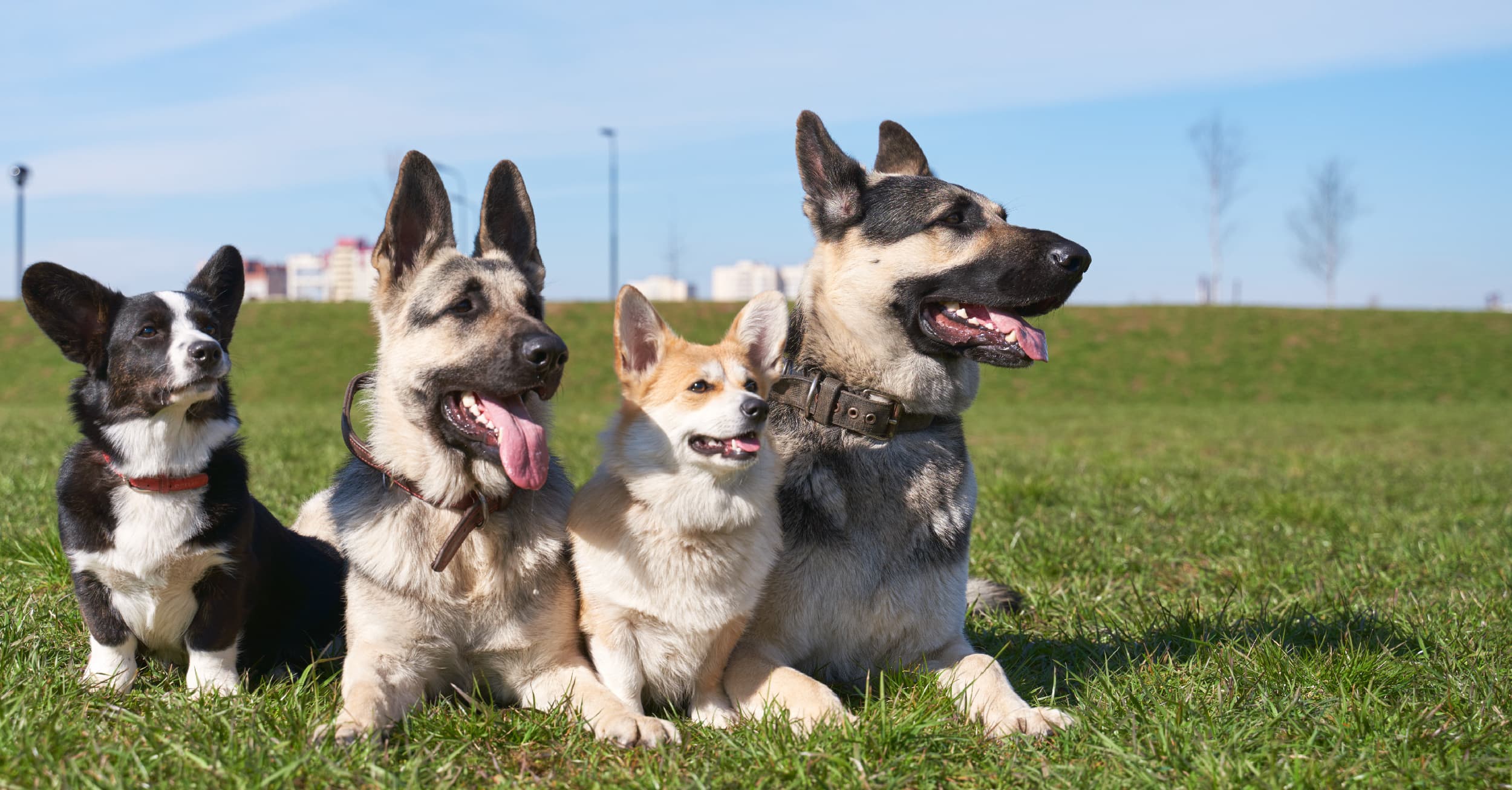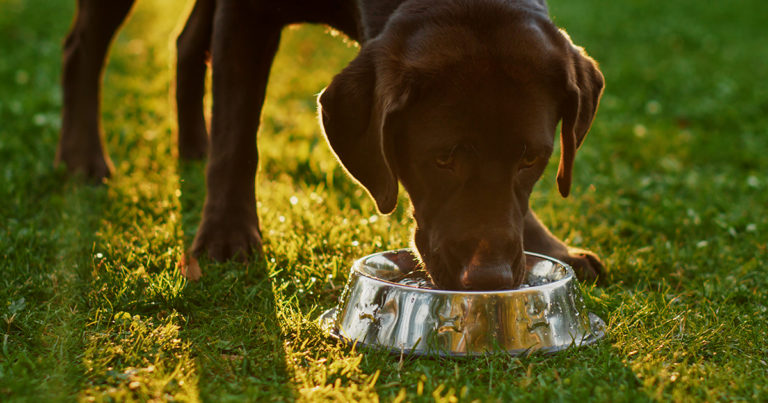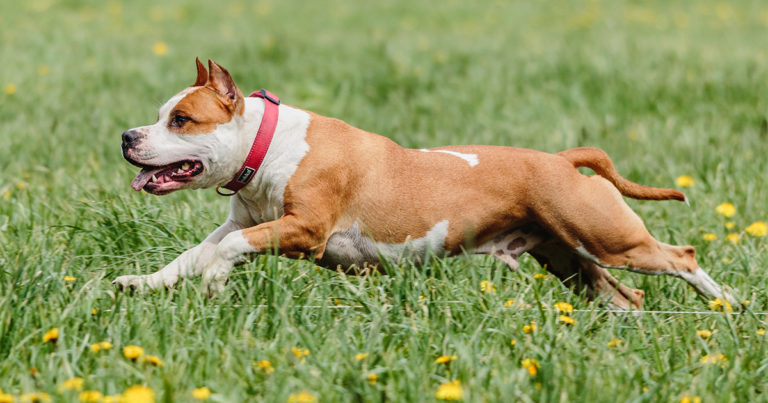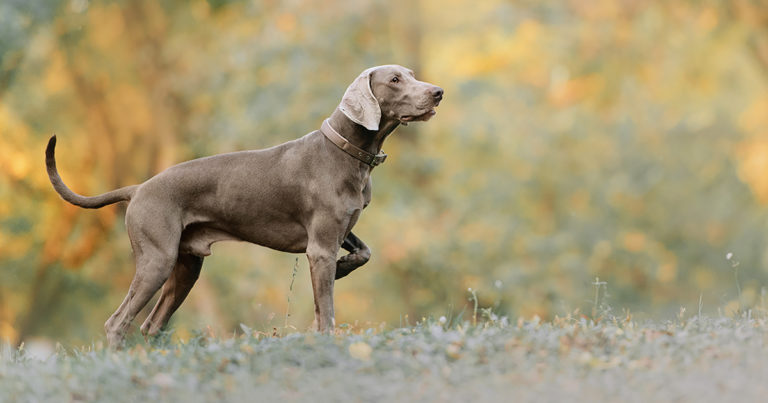Welcome to our Peculiar Pet Facts series, where we investigate the oddities of our pets and explore the science behind them.
Have you ever wondered why puppy siblings can look so different from each other? Or why some puppies look nothing like their parents? Well, it’s in their DNA! Different genes and genetic combinations control the color of your dog’s hair and their coat pattern.
The vast number of colors and patterns of dogs’ coats have made it hard for scientists to discover which genes are behind them, but a recent study has shed some light on the mysteries behind dog coat patterns.
All Coat Colors Come From Two Pigments
If you go to a dog park, there will likely be a rainbow of colors running around. With the variety of colors that dogs’ coats come in, you might think there are multiple pigments that cause these hair colors. But the colors are formed from just two pigments — eumelanin (black or brown) and phaeomelanin (red, yellow or tan).
Dr. Krista Williams and Dr. Lynn Buzhardt explain in an article from VCA Animal Hospitals that both of these pigments are forms of melanin, which is produced in the hair as it grows, with darker colors having more melanin. Sometimes the melanin is produced at different rates, which is why a single hair can look lighter or darker at different places along the shaft.
Phaeomelanin is only produced in hair, but eumelanin can influence hair, eye and nose color (e.g., a pink nose vs. a black nose). If your dog has white hair, it’s because neither of the pigments was produced in their hair. An albino dog is rare and occurs when eumelanin isn’t produced anywhere.
Genes Control Coat Color and Patterns
The amount of eumelanin or phaeomelanin produced in a dog’s hair — and where those colors are produced (the coat pattern) — is controlled by a variety of genes. Below is a summary of the loci (location of genes) that control coat color and patterns in dogs as described in the VCA Animal Hospitals article.
- A (agouti) locus — controls different coat patterns
- E (extension) locus — creates a black facial mask and yellow or red coats
- K (dominant black) locus — controls dominant black, brindle and fawn colors
- B (brown) locus — linked to brown, chocolate and liver colors
- D (dilute) locus — lightens coats from black or brown to gray or blue or very pale brown
- M (merle) locus — this is a mutation that causes merle coats, which are irregularly shaped patches of diluted eumelanin pigment and solid color
- H (harlequin) locus — associated with white dogs that have black patches and often interacts with the merle locus
- S (spotting) locus — associated with patterns like piebald, particolored and extreme white
Research Describes Dog Coat Patterns
The agouti locus controls the different patterns seen in dogs’ coats and was the focus of a recent study conducted to better understand the genetics behind dog coat patterns. The research, published in Nature Evolution and Ecology and summarized in a UC Davis news article, reported that five dog coat color patterns are controlled by the agouti signaling protein (ASIP) gene at two locations — dominant yellow, shaded yellow, agouti, black saddle and black back.
The UC Davis Veterinary Genetics Laboratory explains that there is also a recessive black phenotype controlled in a different region of the ASIP gene. Genetic tests for ASIP are available so breeders can determine the gene combinations present in the sire and dam and help predict the coat colors and patterns of their puppies.
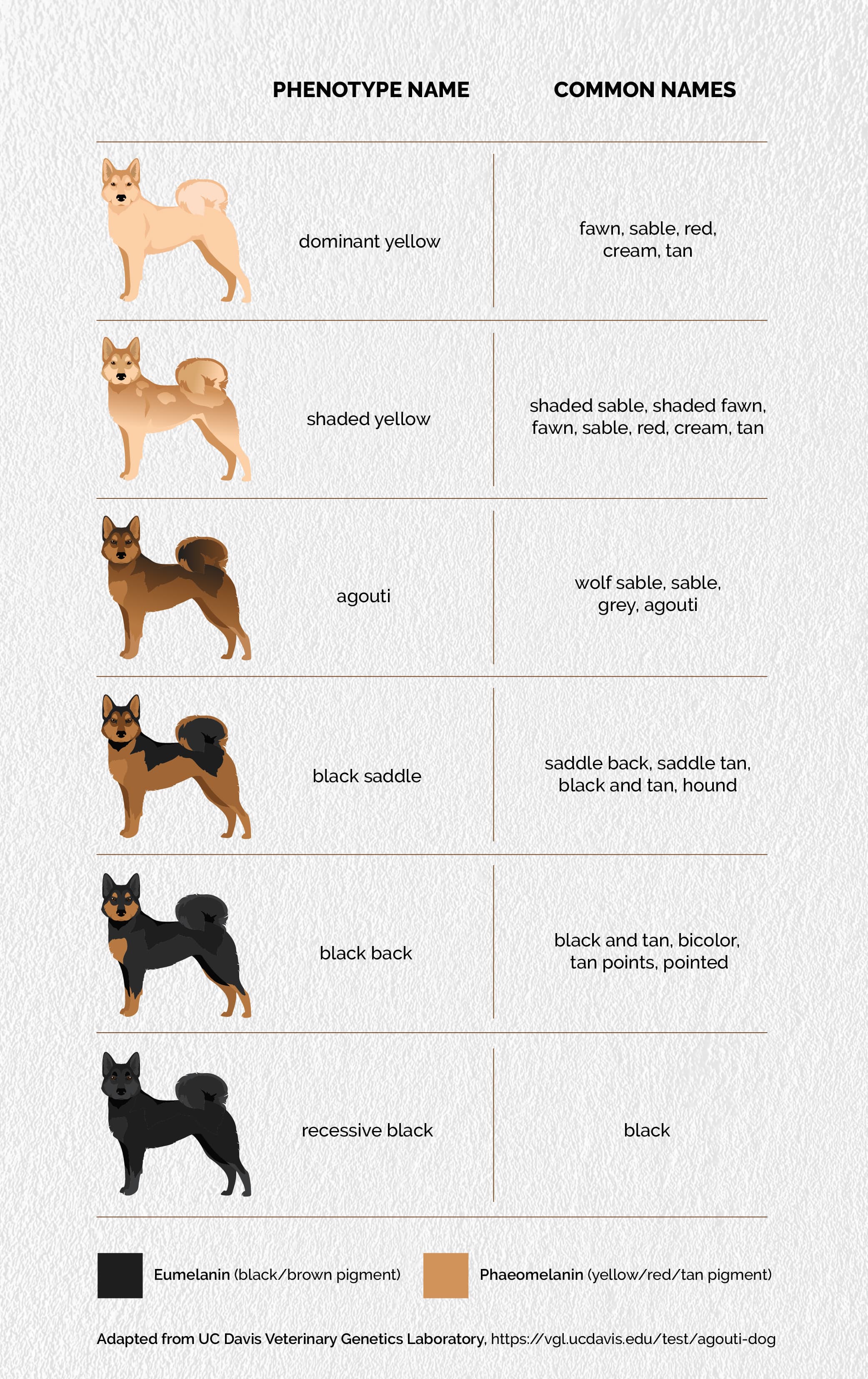
The Evolution of Coat Color Patterns
The coat color pattern research also found that a particular gene combination for one of the coat color patterns, dominant yellow, is almost identical in yellow dogs and Arctic white wolves. They suggested that this DNA configuration originated more than 2 million years ago from an extinct relative of dogs and modern-day wolves that diverged from gray wolves. They also found the black back pattern in a 9,500-year-old dog DNA sample.
The researchers hypothesized that the large varieties of coat color seen today in dogs and wolves is probably due to natural selection for a lighter coat during the Pleistocene Age, aka the Ice Age, which would have been helpful in an Arctic environment.
Genetics plays a large part in what a dog looks like, and that includes their coat color and pattern. What type of coat pattern does your dog have?

RELATED POST: The Science Behind Those Baby Blues

